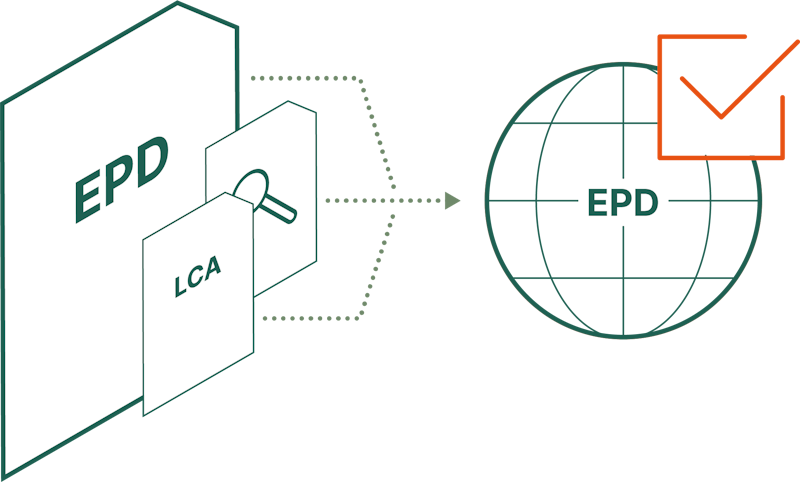PCR development

Process for PCR Development
Choosing a suitable product category rule (PCR) is the first step in developing an Environmental Product Declaration (EPD). The process of how a product category rule (PCR) is developed is explained below.
PCR development in the International EPD System
The development of a PCR in International EPD System (IES), conducted by a PCR Committee, is done in an internationally accepted manner based on an open, transparent, and participatory process.
The process of PCR development is composed of four steps:
Initiation
Preparation
Open Consultation
Review, Approval and Publication
The detailed process described below is compliant with ISO/TS 14027.
PCR adoption from other programme operators
PCRs may be adopted from another programme operator, in addition to the PCR development in the IES illustrated below. The adoption of a PCR is possible when there is a Mutual Recognition Agreement (MRA) for PCRs between IES and the PCR-holding programme operator.
If an MRA exists with another programme operator, PCR adoption will be the first choice before considering PCR development. Find the current list of MRAs: Mutual Recognition Agreement.
Please contact the Secretariat of IES with subject line “PCR Adoption” and indicate the product category, should there be a wish to adopt a PCR from another programme operator in IES.
Step 1: Initiation
Initiation includes defining a product category, appointing a PCR Moderator, and forming the PCR Committee.
The definition of the product category covered by a PCR is based on the function of the product, so products within the scope of the PCR hold the same declared/functional unit. The definition of a product category is made considering existing PCRs, the market situation, industry structure, potential applications, and the size of the stakeholder group affected.
The PCR Moderator, appointed by the Secretariat of IES, develops and maintains a time plan for the PCR development. PCRs are developed as an open co-operative effort by a PCR Committee, assembled by the PCR Moderator and balanced with interested parties, taking into consideration its geographical scope to ensure the quality and acceptance of the final PCR.
When a decision is taken to start developing a PCR, the development process is announced by the Secretariat with relevant information, including:
preliminary name and scope of the PCR
name, organisation, and contact information of the PCR Moderator
list of members of the PCR Committee, and
preliminary time plan of PCR development
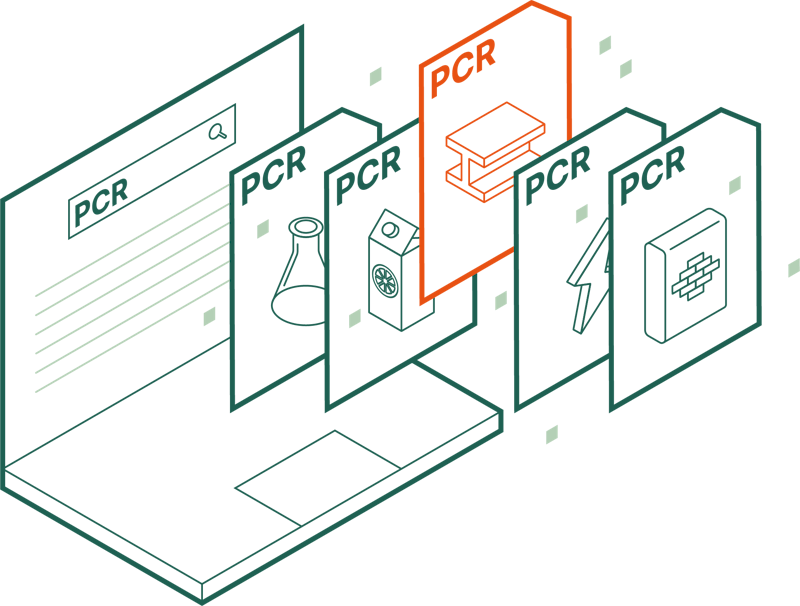
If you are interested in becoming a PCR Moderator and initiating a PCR development, submit a PCR Development Checklist to the Secretariat of IES.
Step 2: Preparation
Preparation includes using PCR development-related documents and selecting relevant parameters.
A PCR is developed in accordance with the rules in the General Programme Instructions (GPI) and relevant reference standards.
The PCR Template must be used to develop the draft PCR. When the PCR Moderator and PCR Committee have finished a draft PCR, the draft needs to be submitted to the Secretariat to be approved for the open consultation.
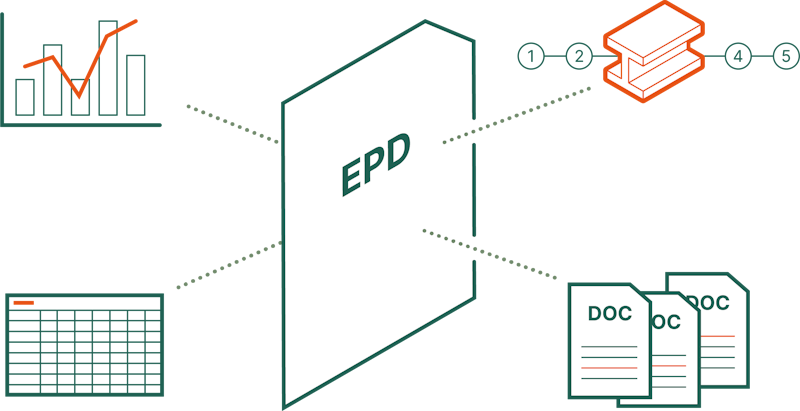
Step 3: Open Consultation
Open Consultation includes initiating public review and collecting comments.
The open consultation is organised in a transparent, open, and online process that enables all interested parties to contribute, thus ensuring the credibility and acceptance of the final document.
The open consultation invites PCR stakeholder consultation group and other stakeholders to contribute feedback and comments based on their expertise. The PCR stakeholder consultation group is selected to represent a geographical diversity and societal sectors at national and international levels. The open consultation may include a public meeting, for example in the form of an online seminar to inform stakeholders and collect stakeholder feedback.
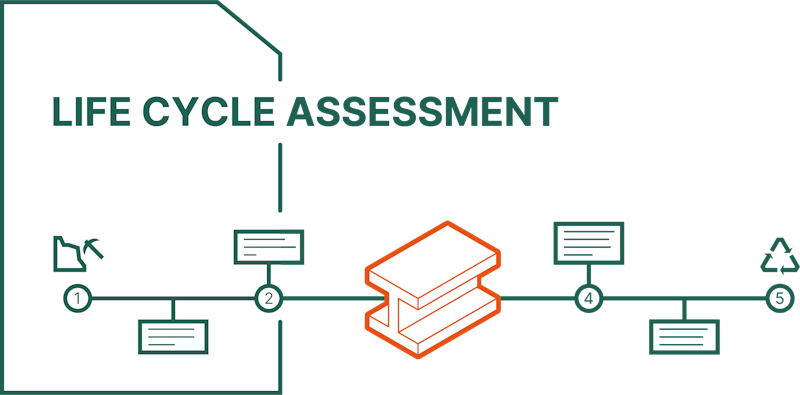
Step 4: Review, Approval and Publication
Review, approval and publication include preparing an updated draft, reviewing by the Technical Committee, approval by the Secretariat and publication.
The PCR Moderator and PCR Committee are responsible for preparing an updated draft PCR. The updated draft takes the comments received during the open consultation into consideration and endeavours to resolve conflicting comments.
The PCR Moderator and PCR Committee are also responsible for preparing a summary of the open consultation that includes a description of the open consultation process, the parties participating in the consultation by providing comments, the comments received and how they have been handled.
The PCR review is performed by the Technical Committee to ensure that the PCR and the process to develop the PCR are done in accordance with the GPI and reference standards, and that the methods of the PCR are scientifically and technically sound. The review may also guide the further improvement of the PCR, for example in terms of requests or recommendations of clarifications or amendments.
When the draft PCR has been approved by the Technical Committee, the Secretariat makes final editorial changes, assigns a registration number, and publishes the final version of the PCR on the website. The validity period for the PCR is in the range of three to five years. Four years should be the default validity period, deviations from this should be justified in the PCR.
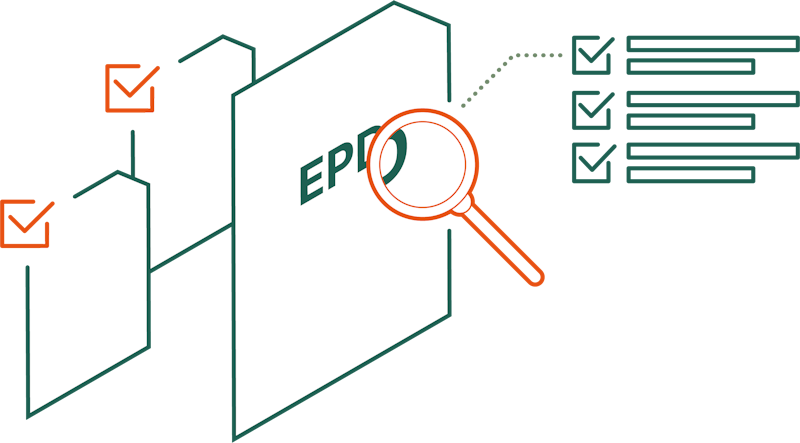
Updates
A PCR can serve as the basis for developing an EPD only within its designated validity period.
A PCR is valid for a pre-determined time period to ensure that it is updated at regular intervals. During its validity, any interested party may submit comment(s) on a published PCR by providing feedback to the Secretariat. The submission should include the PCR name and registration number in the subject line. Such comments may lead to an update during the period of validity, otherwise they should be used as input when the PCR is updated when it is about to expire.
An expired PCR cannot be used to develop and register a new EPD, or to extend the validity of an already existing EPD. The validity of the latest version of a PCR may be extended if an update of an existing PCR has been initiated and accepted by the Secretariat. The extension is conducted based on the General Prorgramme Instructions (GPI).
Updates of PCRs are categorised as small, medium, or large. When a PCR is updated, it is assigned a new version number, or a new registration number if the scope has been significantly modified.
